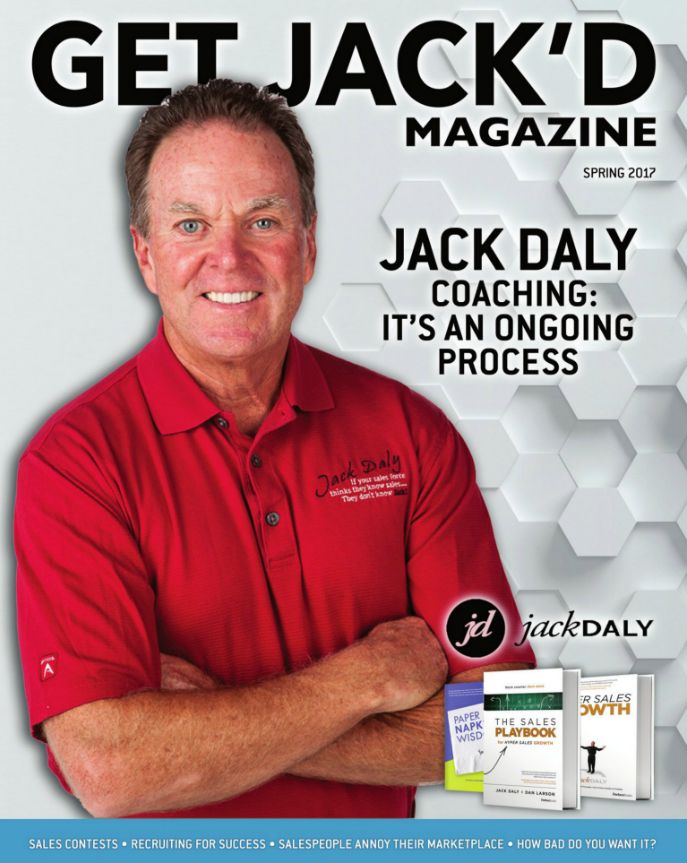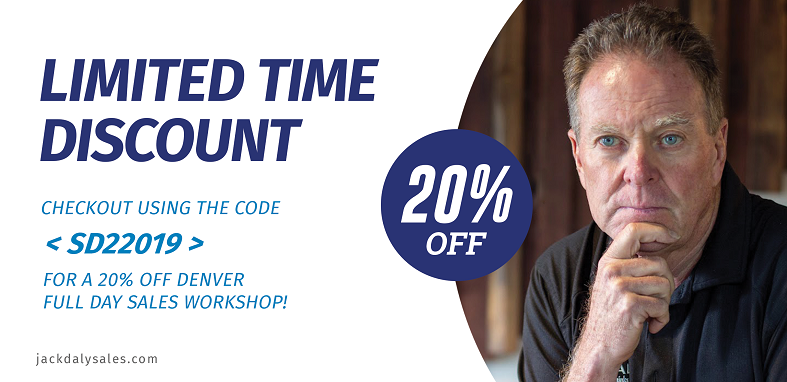This Is How To Write A Follow-Up Email That’s Not Annoying By Anisa Purbasari Horton
It’s always better to assume that whoever you’re emailing has more important things to do than reply to your message.
As a journalist who frequently reviews and edits submissions, I often find myself switching between writing and reading follow-up emails. And if there’s anything that being on the sending and receiving end of these have taught me, it’s that many of the tactics people use aren’t very effective (and are really annoying at best).
As a sender, I’ve learned that it’s best to work from the assumption that whoever I’m writing to probably has more pressing matters to attend to than answer my emails. This forces me to make sure I articulate why it’s in the receiver’s interest to reply. As a receiver, there’s nothing more annoying than getting an email that assumes I’ll work to the sender’s timeline, even when it’s clear that it’s extremely inconvenient to mine, or when there’s no benefit to me whatsoever.
Of course, this is just one of the many dos and don’ts to think about when writing a follow-up email. Here are others you might want to consider before sending your next one, particularly if you need a response urgently.
Make It As Easy For The Recipient As Possible
Many people struggle with managing their inboxes as it is. So to make it worth their time to reply to your follow-up, it’s important that you, the sender, do all the hard work you can on your end before hitting “send.”
As Jocelyn Glei writes in her book, Unsubscribe: How to Kill Email Anxiety, Avoid Distractions, and Get Real Work Done, instead of sending a generic message like “just following up”–offer a concise recap of your request so that the person doesn’t have to go back and read your long email thread. As Glei pointed out, “If that person didn’t respond to your email the first time, resending the same message is probably not going to get better results the second time.”
Don’t Create More Work For The Recipient
As a receiver, there’s nothing more frustrating than having to search my inbox to figure out what the sender is referring to before I can even reply. On busy days, these are the kinds of emails I tend to ignore. If you send someone a signal that it’s not worth your time to do the hard work yourself, then the recipient will probably feel the same way.
READ MORE
UPCOMING WORKSHOP DATES
Full 2017 Schedule
Jul 28, 2017 Irvine, CA Smart Selling Workshop
Aug 22, 2017 Arlington, VA Smart Selling Workshop
Sep 19, 2017 Calgary, AB Smart Selling Workshop
Sep 20, 2017 Toronto, ON Smart Selling Workshop
Oct 3, 2017 Montreal, QC Smart Selling Workshop
Oct 26, 2017 – Oct 27, 2017 Long Island, NY 2-Day Sales & Management Success Summit
Questions? Call Gabriel Clift at 855-733-7378 or [email protected]

5 Ways to Respond to the Objection “I Want to Think It Over”
by Antonio Garrido
You have invested a significant amount of time, money, and energy into an opportunity. Then the buyer says they want to “think it over.” What should you do?
Maybe it’s easier to begin with what you shouldn’t do. All too often, salespeople simply agree to postpone the decision and check in later.
If we’re feeling particularly brave, we may even suggest a date and time for the next contact. This approach typically leads to a cycle of delays, miscommunication, and potentially some evasion by the prospect. Neither party benefits.
Determining exactly where you stand is far more effective. Use any of these five questions to identify your prospect’s reservations and propose a mutually beneficial agreement.
1) Identify the three most likely obstacles and ask the prospect to choose one
“That’s totally understandable. Most of our customers need time to think it through. Could it be that you’re worried about the cost, implementation, or not being too sure about what you’ve heard from us?”
Stop talking after you say this. Wait for the prospect to identify which of the three obstacles they are concerned about or identify another reason that’s keeping them from moving forward.
2) Ask for permission to speak candidly
READ MORE |
|
CANCER FIGHT JUST GOT PERSONAL- The Count Down to the NYC Marathon
As many of you know, my wife Bonnie was recently diagnosed with Stage 4 Cancer. Our attitudes are positive considering the realism of the challenges, and we are committed to fighting and winning this battle. We met on November 5, 1965 and have been married for 47 years.
Since the NYC Marathon is run on November 5, 2017, it called out to me to race and raise monies for cancer research with Team V (as in Jimmy Valvano). Two weeks earlier I will run the Atlantic City Marathon with several friends and family, which will mark the 50th state in my journey to run a Marathon in all 50 states. I’d love your support of my race in NYC in raising funds for cancer research. You can contribute here, and thanks for your consideration, and best thoughts for my wife Bonnie in her battle. |
|
Caring is free by Seth Godin
In the short run, of course, not caring can save you some money.
Don’t bother making the facilities quite so clean. Save time and hassle and let the display get a little messy. Don’t worry so much about one particular customer, because you’re busy and hiring more people takes time and money.
But in the long run, caring pays for itself.
Caring is expensive, but it also generates loyalty and word of mouth.
In the long run, an organization that puts in extra effort gets rewarded.
Not to mention that caring makes us all more human. Worth it. |
|
|







